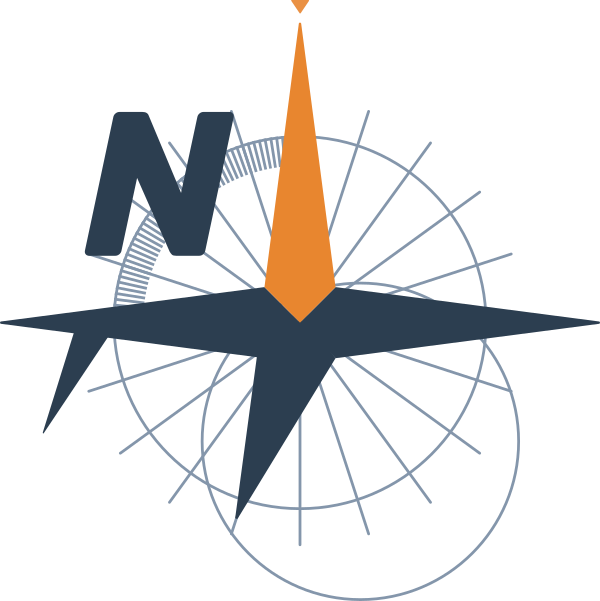Welcome to the final part of a three-level Rhino course that started with the software’s basics, explored intermediate tools, and now dives into advanced features.
Whether you have finished the previous levels and want to complete the journey or are an experienced user aiming to boost your rhino proficiency, let me show you what to expect if you take this advanced course.
Together, we’ll explore the use of macros, which will be key to making repetitive processes more efficient. We will get the most out of AI (Artificial Intelligence) to use our macros easily in everyday work, but that’s just the first module.
Then, we will explore the V-Ray world. This plugin is a renderer engine that allows you to embody your design in realistic images that will leave your clients amazed. The rendering process could be tricky if you are not aware of its essentials. So, I will explain the triangle of materials, lights, and general settings in detail to achieve the outstanding images you are seeking.
Whether you took the first two levels or learned it on your own, at this point, you should be an intermediate Rhino user because we are going to use the expertise you already have in developing a 3D model, which will be a complex task if you are a beginner practitioner.
The model is a 60ft multideck motor yacht. This means that we will not only model the main deck and cockpit but also work on the superstructure up to the upper deck or flybridge. The goal of this advanced project is for you to internalize how to achieve the complex shapes of a yacht deck house, which presents greater challenges compared to simpler sailing superstructures.
Furthermore, I will encourage you to explore variations to develop your own personal style. If you pay attention to the renders of the final project, you will find multiple details that we will develop together: the bow that smoothly merged with the hull sides, the bulwarks created by surfaces that also blend with the hull, the cockpit with its stern seats, and the superstructure with many design details created by the intersection of multiple surfaces.
In conclusion, as I have mentioned before, this project will provide opportunities to play with shapes, finishes, and even the overall layout of the upper deck.
I’m excited for you to use this course to navigate through your creative abilities.
Shall we continue learning together?
See you there!

